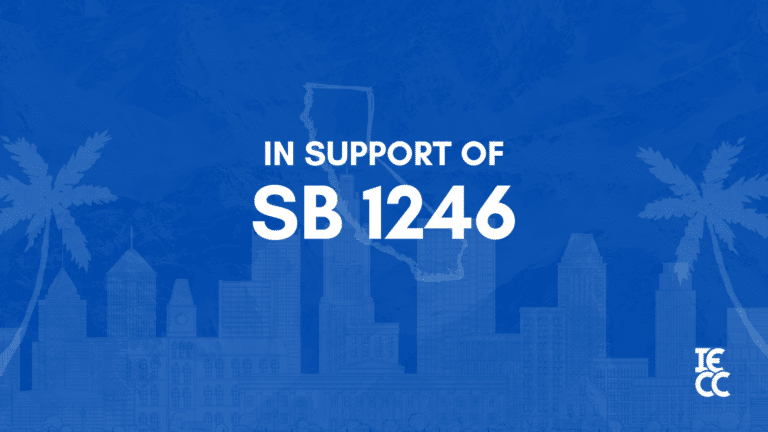Children Now: Health Care Is A Right – Take Action To Reduce Barriers To Access Today!

No family should have to choose between paying for food, rent, or health care coverage for their children. By eliminating Medi-Cal premiums, California can make it easier for low-income children and their families to access the health care services they need, without worrying about losing their coverage.
Please sign on to this letter urging Governor Newsom to eliminate Medi-Cal premiums for more than 700,000 children and pregnant people in the 2021-22 budget. By doing so, the State can ensure that health care is affordable and accessible to all Californians, tackle economic inequalities, and embody equity as a core value.
CLICK HERE TO SIGN THE LETTER >>>
Health Care Is A Right – Take Action To Reduce Barriers To Access Today!
Dear Governor Newsom,
The undersigned organizations are writing to request that the FY 2021-22 budget eliminate Medi-Cal premiums for 702,000 children and pregnant individuals that are subject to premium requirements. Eliminating the Medi-Cal premium requirement for infants, children, and pregnant individuals would align with the newly unveiled “North Star” principles of the California Health and Human Services Agency (CalHHS) to make health care affordable and accessible, tackle economic inequalities, and embody equity as a core value. It would also provide economic relief for families with household incomes between 160% and 322% FPL (from approximately $35,000 to $70,000 for a family of three). As a reference point, a single parent with two children would need to work three full-time minimum wage jobs to just barely afford the average cost of living in this state.
Health care affordability is a challenge for California families, and they want leaders to make it a top priority.
Approximately one out of three households in the state are finding it difficult to make ends meet, and more than half of young children (under age 6) live in households struggling to meet their basic needs. A recent poll from the California Health Care Foundation found that 82% of state residents say it’s “extremely” or “very” important for the governor and legislature to make health care more affordable. Recent surveys of Californians with limited incomes (<250% FPL), found that affordability is a major concern, with 63% of respondents saying that the cost of health care is an extremely/very serious problem. In terms of changes to improve health care, many respondents want reduced costs for health care, making health care more affordable, or making it free. In fact, Covered California is advertising that consumers can benefit from the increased financial help provided by the American Rescue Plan, which is enabling 700,000 people to get coverage for only $1 per month. And because of the state’s investment this year in the California Premium Credit, starting next plan year, some Covered California consumers at higher incomes than Medi-Cal enrollees will have a $0 net premium. By contrast, more than 482,000 families are required to pay $13 or more per month for their child’s or infant’s Medi-Cal coverage. Many families with children, especially in communities of color, are still struggling economically to afford basic necessities like housing, food, child care, and diapers for their babies and want relief through better health care affordability.
Premiums are a barrier to Medi-Cal enrollment and continuous coverage.
Research from the Office of Health Policy of the U.S. Assistant Secretary for Planning and Evaluation, the Medicaid and CHIP Payment and Access Commission (MACPAC), , health economists writing for the National Bureau of Economic Research, and academic researchers publishing in the journal Health Affairs all found that premiums prevent families from getting and keeping health coverage, an effect that is greatest among those with the lowest incomes and eligible for Medi-Cal. There may be an outdated assumption that families with limited incomes should have “skin in the game” and that premiums are a mechanism to hold families accountable and responsible for their health care, but the harsh reality is that Medi-Cal premiums act as a financial and administrative barrier for kids and expecting parents to getting and staying enrolled in coverage. The Medi-Cal premium policy therefore hinders children and pregnant individuals from accessing health care in a timely way, and may, in fact, exacerbate the anxiety and hardship families are already experiencing due to the pandemic.
It is estimated that non-payment of premiums account for nearly a quarter (24%) of the coverage “churn” that low-income children experience. This cycling on and off of coverage due to premium payment policies is “avoidable churn,” and leaches value from the beneficiaries who lose coverage, the county eligibility workers who must disenroll and re-enroll families, and the Medi-Cal program which already suffers from embarrassingly low performance and chronic eligibility system problems.
The State should discontinue this anachronistic policy. The former Department of Health Care Services Director Toby Douglas, who oversaw the transition of the Healthy Families Program into Medi-Cal in 2013 and is now a commissioner on the non-partisan MACPAC, recently questioned the value and utility of premiums for children and how they contribute to gaps in coverage. The current premium requirement policy in Medi-Cal is a holdover from the Healthy Families Program, which was administered very differently than Medi-Cal is now, and it does not fit in today’s vision of quality, affordable coverage that California has built since passage of the Affordable Care Act.
Elimination of Medi-Cal premium requirements would promote better access to health care, including important primary, preventive, and prenatal care.
Maintaining Medi-Cal premiums undermines the goals “to improve health outcomes and advance equity for Medi-Cal beneficiaries and other low-income people in the state” that the State has laid out through the billions of dollars allocated to reform and modernize Medi-Cal through CalAIM and other initiatives. The success of these reforms and quality improvement efforts hinges on eligible Medi-Cal members getting and staying enrolled, but premium requirements that offer no constructive value subvert those goals. Removing financial and economic barriers to coverage allows families to better focus on accessing the health care services they need and navigating the multiple Medi-Cal delivery systems.
As you, California’s elected leaders, consider next year’s spending plan with a historic budget surplus, we implore you to make the roughly $8 million General Fund investment in the FY 2021-22 budget to remove the administrative red tape and eliminate Medi-Cal premiums for children and pregnant individuals.
Sincerely,
[organizations]







